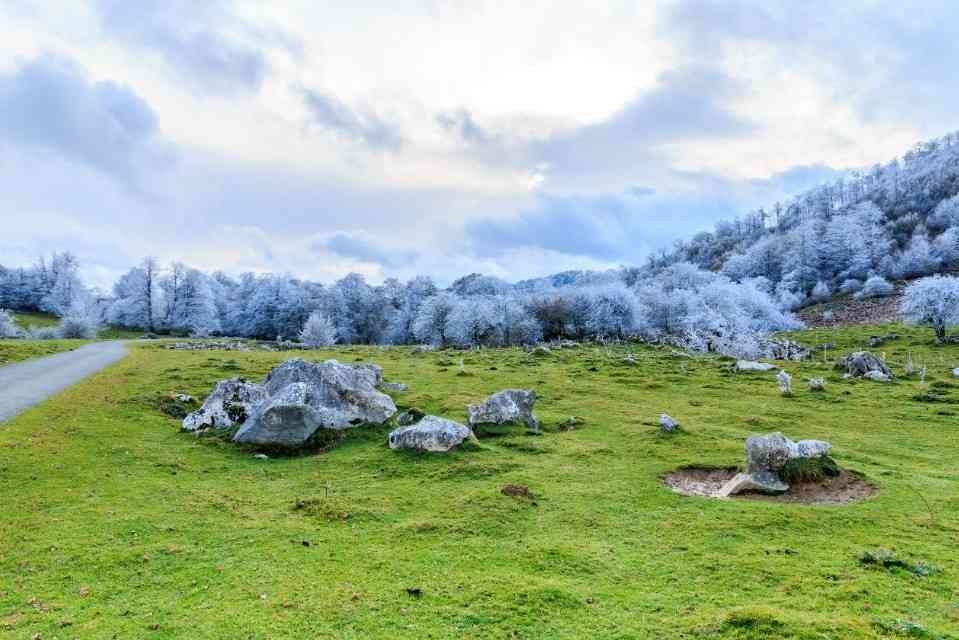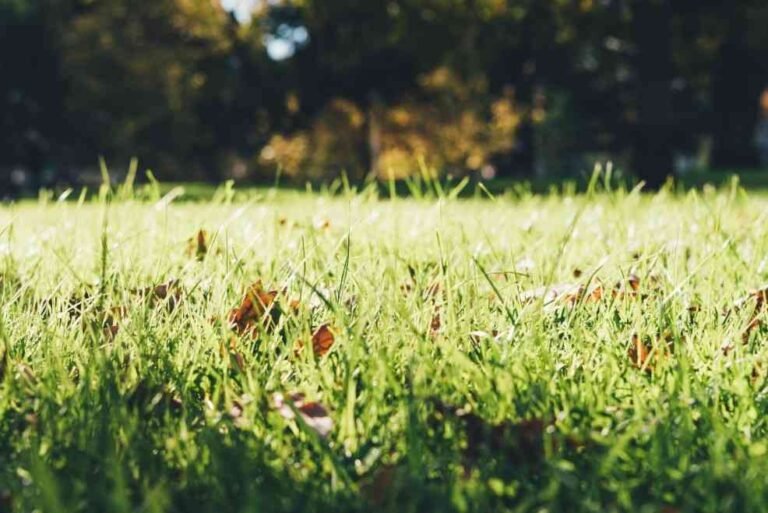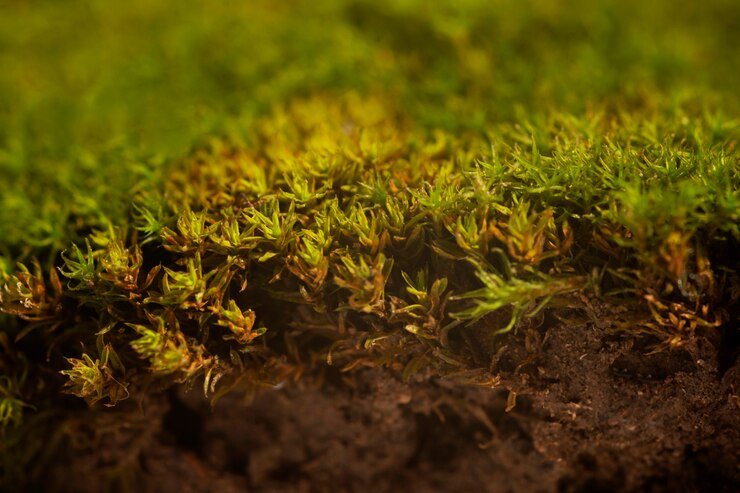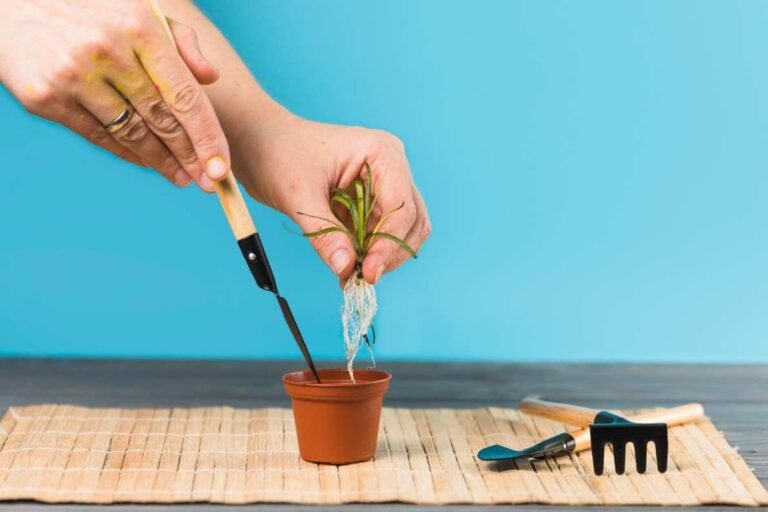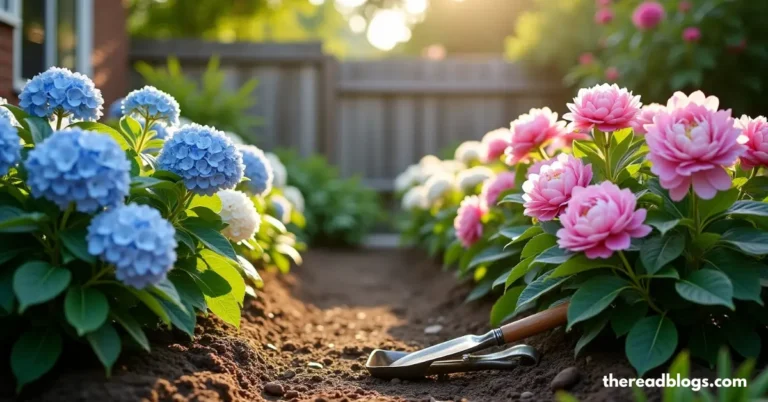Cool-Season Grass : Going Green for Greener Lawns
Looking for a greener lawn in winter?
Cool-season grass may be an end result of your search. It is generally believed that the arrival of autumn and winter brings death and dormancy of plants, but that’s not always true especially in the case of cool-season grass.
Cool-season grasses are the type of grass that grows well in regions that face extreme cold winters and dry hot summers, because they have the best growing environment at temperatures ranging from 60-75 degree F.
It is generally observed that these cool-season grasses are well-suited for the areas that experience extreme temperature swings, mostly they are seeded although sod is available. They have tolerance against both freezing winters and dry, hot summers.
Here is all you need to know about cool-season grasses and its types, for year-round green lawns, with minimal maintenance and simple care tips.
Defining Cool-Season Grasses
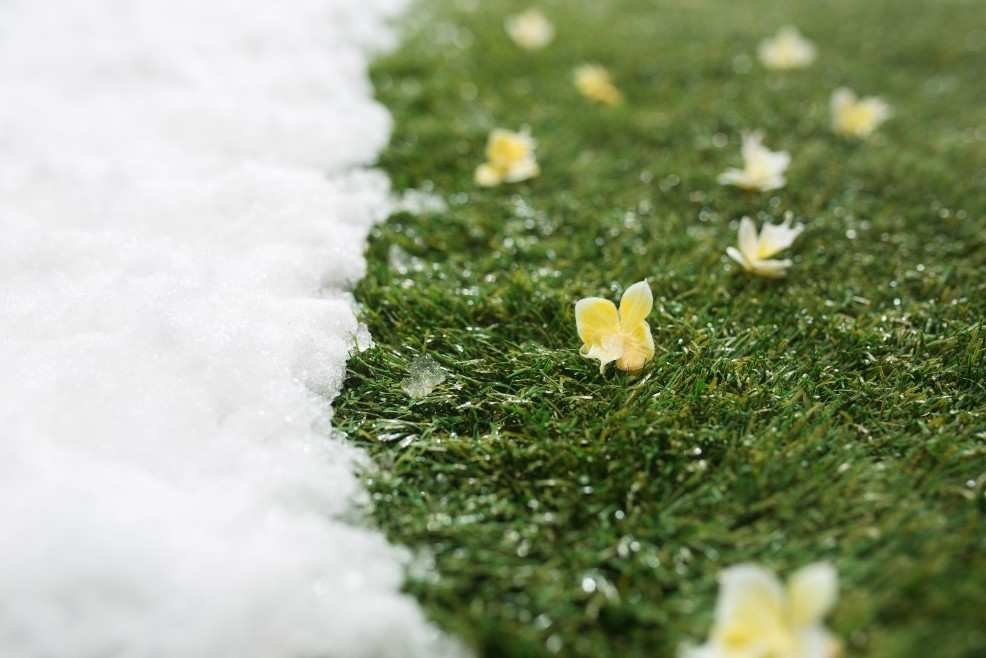
Many people get confused about what are cool-season grasses?
The answer is that they are types of grass which grows best in regions of moderate temperatures. Generally having temperatures between 15 and 24°C is ideal for the best growth of cool-season grasses.
Identifying the right cool-season grass among so many grasses is sometimes hard, especially if you are new to the world of green grasses and gardening.
Identifying Cool-Season Grasses
For identifying cool-season grasses we need to observe their certain features. Physical characteristics like their pattern of growth and seasonal behavior towards weather conditions are important. Here are some tips that might help:
- Cool-season grasses commonly have soft and medium blades which become lush green during their peak growth season, creating a thick mat like turf.
- Cool-season grasses generally have active growth during spring and winter when temperatures are cooler (15–24°C), on other hand they may turn brown in hot summer months.
- Cool-season grasses produce unique shaped seed heads in spring or early summers.
- Observing the response of grass to seasonal changes can help in identifying cool-season grass.
- Comparing the shape, color and size of leaf blades can also help.
- Analyzing slow growth during summer heat is also a sign of cool-season grass.
Types of Cool-Season Grasses
During photosynthesis, the method of capturing carbon dioxide categorizes the type of grass as C3 or C4. Cool-season grasses fall in category C3 of plants, which are adapted to thrive well in cool weather.
Every category of grass has its own unique care and maintenance needs for its active, healthy and long-term growth. The early stages of growing cool-season grasses require a sheer dedication as at the primary stage of plantation. The newly planted grass needs daily care including regular watering and weekly trimming to help in proper and healthy germination.
Here are types of cool-season grasses along with their complete information and care tips to thrive your lawn.
Kentucky BlueGrass
- Kentucky BlueGrass originally belonged to Europe and became popular in the US in the 1600s.
- Kentucky bluegrass (KBG) is generally preferred by people living in northern states with cool temperatures.
- Generally considered perfect for lush green lawns used in house lawns,sports fields, parks, golf courses and greenbelts along roadsides.
- Requires regular and careful maintenance.
Growing Kentucky BlueGrass
- Kentucky bluegrass has a higher growth rate.
- It is mainly grown from seeds, though sods are also available for plantation.
- It has a strong rhizome system but slow germination, that’s why it is mostly planted along with fast growing perennial ryegrass for fast growth.
Ideal Environment/Regions for Kentucky BlueGrass
- Ideal choice for the areas that experience cold winters and moderate summers.
- Popular choice in states like Michigan, Minnesota, Wisconsin, and New York.
- Thrives well in sunny areas but can also survive in partial shady places.
- Well-drained soil and moderate fertility levels provide a healthy environment for the success of cool-season grasses.
- Regions with sufficient rainfall or consistent irrigation are preferable for best growth.
Identification of Kentucky BlueGrass
- Kentucky Bluegrass are dark blue-green in color.
- Its blades have boat-shaped tips having medium-texture, ranging width between 2-4mm.
- Kentucky BlueGrass has folded vernation ( leaves are folded as they emerge).
- Triangular-shaped seed heads are produced.
Benefits of Kentucky BlueGrass
- Aesthetic appeal because of lush green turf
- Drought tolerance,survives well in dry conditions
- Good weed resistant
- Tolerant to cold weathers
- Recovers quickly from damage
Disadvantages of Kentucky BlueGrass
- Requires high maintenance for better growth
- Slow growth rate, takes very long to establish
- Poor heat/ high temperature tolerant
Care Tips for Kentucky BlueGrass
- Watering regularly boosts growth
- Overseeding contributes to growth of lush green turf
- Mowing regularly helps in maintaining grass’s health
- Proper fertilization helps in pest and disease control, enhancing growth
- Temperature management plays important role in thriving
Fine Fescue
- Fine fescues are popular for their excellent tolerance against shade and drought.
- Fine fescues are rarely used alone, mostly are mixed with other grasses like Kentucky bluegrass or perennial grass for better growth and boosted performance.
- Fine fescues have four sub-categories namely: Creeping red fescue, Chewing fescue, Sheep fescue and Hard fescue.
- The only spreading specie of fine fescue is Creeping red fescue having further two subtypes namely:
- Slender creeping having short rhizomes
- Aggressive creeping having strong rhizomes
Growing Fine Fescue
- Fine fescues are mostly grown in bunch-like form, while some are grown through rhizomes that spread gradually.
- Fine fescues are generally grown through seeding because of their fast germination rates.
Ideal Environment/Regions for Fine Fescue
- Grows well in cool climates and shady areas.
- Ideal choice for shaded lawns and cool summer regions.
- Thrives well in cool-season and well-drained soil areas like Minnesota.
- Needs very low maintenance and minimal care.
Identification of Fine Fescue
- Fine fescues have bristle-like appearance
- Have thin leaves having width less than 0.5 mm, more slender as compared to other grasses
- Leaves have folded vernation Folded vernation
- Have narrow collar structure
Benefits of Fine Fescue
- Excellent shade tolerant
- Survives well in dry condition
- Minimal care and low maintenance
Disadvantages of Fine Fescue
- Over-fertilization causes thinning
- Intolerant to poorly drained soils
- Thin appearance especially in bunches
Care Tips for Fine Fescue
- Watering once or twice a week deeply promotes deep rooting
- Mowing at 3-4 inches
- Avoid over-cutting, not more than one-third
- Avoid overfertilization
- Maintain proper soil drainage
Tall Fescue
- Tall fescue very famous cool-season grass
- It is the most preferred choice for cool-season lawns, alongside Kentucky bluegrass
- More preferred in low-maintenance areas and public space
- Perfect choice for lawn in transition zones
Growing Tall Fescue
- Tall fescue grows create a low-density turf
- Can be grown by seeds and vegetation as well
Ideal Environment/ Regions for Tall Fescue
- Thrives well in transition zones
- Moderate climates and well-drained soils are suitable for growth
- Tolerant to partially shaded areas
- Preferable for limited water areas because of its tolerance against drought
Identification of Tall Fescue
- Coarse textured with wide and thick blades ranging from 5-10 mm
- Leaves have rolled vernation, producing narrow seed heads
- Grows in clumps and bunches
Benefits of Tall Fescue
- Good tolerance against foot traffic
- Tolerant against drought and shade
- Well thrived in summers and transition zones
- Pest and disease tolerance
Disadvantages of Tall Fescue
- Less appealing appearance due to coarse texture and clumpy growth
- Low tolerance to harsh winters as compared to other cool-season grasses
Care Tips for Tall Fescue
- Watering deeply once or twice a week
- Avoid over-cutting, mow only at 2-4 inches
- Overseeding in fall helps in thickness
- Fertilize and aerate soil for proper growth
Creeping BentGrass
- Ideal choice for golf courses in cold, northern regions
- Creeping bentgrass is a high maintenance grass
- Not suitable for residential areas because of its high care demands
Growing Creeping BentGrass
- It is the fastest growing turfgrass
- Grown with both seeds and vegetatively
- Creates a dense, lush green and smooth textured lawn
Ideal Environment/Regions for Creeping BentGrass
- Cooler regions and northern regions are ideal for its growth
- Needs full sunlight and well drained soils for fast growth
Identification of Creeping Bent BentGrass
- Rough edged blades with a width of 1-3 mm
- Have dense and low growth
- Shows rolled vernation and triangular shaped seed heads
Benefits of Creeping BentGrass
- Suitable choice for areas like Canada because of its winter tolerance
- Forms a thick, uniform lawn with quick wear recovery feature
- Creates dense turf ideal for golf courses
Disadvantages of Creeping BentGrass
- Demands high maintenance and regular mowing
- Requires regular watering and significant fertilization
- Highly prone to fungal diseases
Care Tips for Creeping BentGrass
- Needs high care for proper growth
- Regular mowing and regular watering boosts growth
- Maintain balanced fertilisation with balanced mix
- Ensure well-drained and aerated soil to promote healthy roots
- To maintain turf quality dethatch periodically
- Ensure full exposure to sunlight and monitor any pests and diseases
Perennial Ryegrass
- Popular in cooler regions of US for home lawns
- Generally mixed with fine fescues or Kentucky bluegrass because of its fast growth
- Preferred for public places, warm-season lawns and golf courses
Growing Perennial Ryegrass
- One of the fast growing turfgrass
- Shows quick germination, seeds germinate in few days unlike other grasses that take weeks
- Grown with seeds in form of clumps
- Shows competitive growth and rapid establishment
Ideal Environment/Regions for Perennial Ryegrass
- Cold winters and mild summers are ideal regions
- Shows rapid growth in regions of consistent moisture
- Ideal choice for high-maintenance areas
- Thrives best in full sunlight and well-drained fertile soil
Identification of Perennial Ryegrass
- Shows dense and bunch like growth, forming clumps
- Leave blades show folded vernation, with blade’s width of 2-5 mm
- Seed head is very narrow shaped and slim
Benefits of Perennial Ryegrass
- One of the fastest growing cool-season grasses
- Shows excellent wear and foot traffic tolerance
- Ideal for prevention of soil erosion
- Perfect for overseeding to dormant warm-season gardens
Disadvantages of Perennial Ryegrass
- Requires high to medium upkeep
- Needs sharp mowing at length of 1.5-2.5 inches
- Intolerant to shade and drought
- Comparatively less tolerant to harsh temperatures
- Invasive in nature because of fast growth
Care Tips for Perennial Ryegrass
- Water frequently for maintained moisture
- Ensure full sunlight and balanced fertilization
- Maintain well-drained, aerated and fertile soil
- Dethatch regularly to maintain turf’s uniformity
FAQs:
What is the best cool-season grass?
Kentucky Bluegrass is most popular because of its color and cold tolerance while perennial ryegrass is best for its fast germination.
Can you mix warm and cool-season grasses?
Yes, you can mix warm and cool season grasses for overseeding to fix dormancy.
How do you know if you have warm or cool-season grass?
The main difference is between the active growing season; cool season grasses establish well in spring and winters while warm season grasses thrive well in summers.
What is the best height for cool-season grasses?
The height varies according to type like: Kentucky Bluegrass has ideal height of 2.5 to 4 inches, perennial ryegrass grows best at height of 2 to 3 inches and fescue maintains best height at 3 to 4 inches.

